As a healthcare provider, your expertise is keeping people healthy —not securing data networks. But month after month and year after year, millions of medical records are hacked, and a HIPAA-related data breach costs providers an average of $717,000.
Protecting patient privacy can feel like a daunting task, but complying with the HIPAA Security Rule is necessary. Below are four steps you can take to protect patient privacy.
4 ways of protecting patient privacy
- Build a security culture in your organization
- Perform a security risk assessment
- Create a PHI security improvement plan
- Encrypt all patient data
1. Build a security culture in your organization
The first step in protecting patient privacy has nothing to do with software or data, but rather the people involved. Physicians, nurses, office staff, lab technicians, and managers must all commit to data security best practices when dealing with protected health information (PHI).
Compliance begins at the top. Management must embrace compliance to overcome reluctance at lower levels of the organization.
Help employees to understand what data security means to patients, how it affects the organization, why it’s important to their jobs, and why it’s mandatory. Emphasize the positive benefits for the team of working in a medical facility that stresses patient privacy.
Making sure everyone is on the same page, and that they understand the importance of the issue, will help to build that culture of compliance and data security.
Pro Tip
Protect patient privacy while collecting health information on any device with HIPAA-friendly online forms.
2. Perform a security risk assessment
It’s well worth the cost to hire an outside IT security company that specializes in PHI regulations to perform a security risk assessment. This will help ensure that your organization complies with all rules and regulations, and that your patients’ information is safe.
The security company will need access to all your critical data in order to make an accurate assessment of your patient privacy needs. Some things they will likely investigate include
- Missing or inadequate security procedures and policies
- Weak or repetitive passwords
- Inadequate data encryption and hardware firewalls
- Poor security software
The assessment will often culminate in a lengthy report that can be used to help you create a PHI security improvement plan.
3. Create a PHI security improvement plan
Now it’s time to use the recommendations from the security risk assessment to improve your methods of protecting patient privacy.
This plan should include the suggestions from the assessors as well as a detailed implementation process. This will vary based on the security assessment, but at minimum it should include
- Every change as recommended by the security risk assessment company
- Any requests made by your IT department that need to be addressed
- A list of the new software/hardware that you’ll need
- The current software/hardware that needs to be upgraded or replaced
- A list of third-party vendors required to fulfill your plan
- A description of required staff training
- A breakdown of costs at every phase
- A breakdown of the timeline at every phase
While this planning process is time-consuming, it will provide a roadmap to improve the security of your patient data and create a more compliant work culture.
4. Encrypt all patient data
The HIPAA encryption requirements are often confusing. According to HIPAA Journal, “the Department of Health and Human Services did not demand that covered entities implement security mechanisms that could be out-of-date with[in] a few years, and instead left the HIPAA encryption requirements ‘technology neutral.’ This allows covered entities to select the most appropriate solution for their individual circumstances.”
What that boils down to is that HIPAA requires PHI to be encrypted — unless the “covered entity” can prove that they have a legitimate reason not to encrypt the data. If they do, they’re required to find a suitable alternative that protects patient records.
However, encryption is critical because even if hackers get access to the data, encryption can make that data useless. Plus, if you’re found in breach and your data isn’t encrypted for whatever reason, failing to meet requirements that help with HIPAA compliance means you could be liable for up to $50,000 per violation.
Move forward with protecting patient privacy
Keeping patient medical records secure and private is your responsibility. Not taking the necessary steps can result in loss of patient trust, severe fines and penalties, and potentially the loss of your practice. Following the steps above will help to ensure that you’re not only keeping people healthy and well, but that you’re also keeping their data safe.




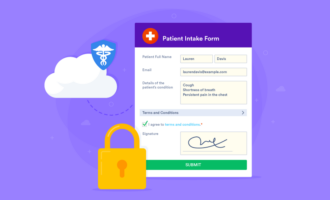
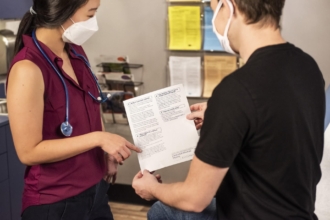








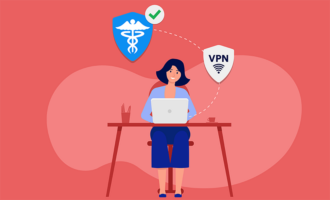















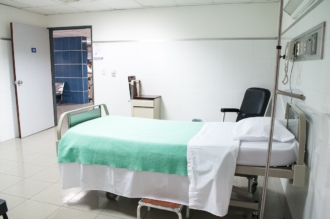


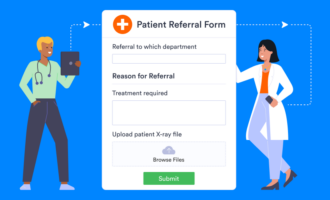





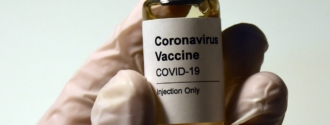








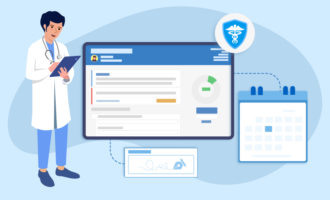






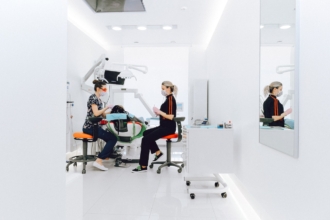
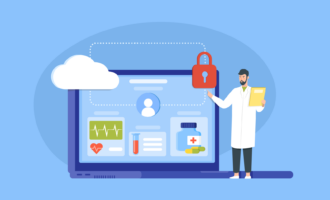
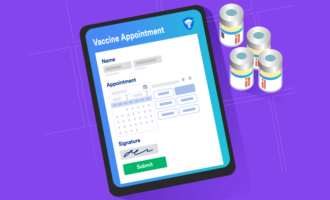


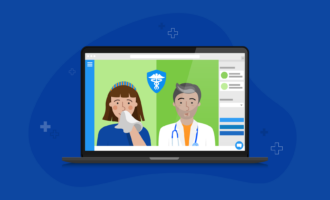


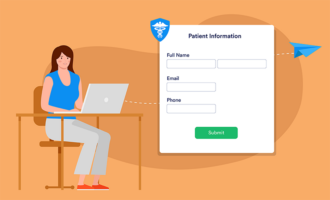











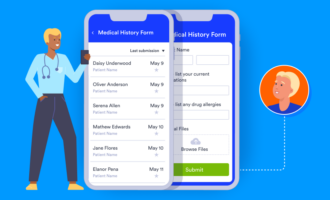
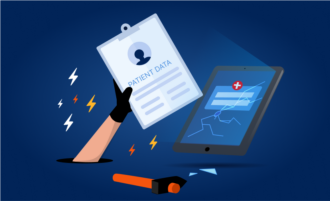








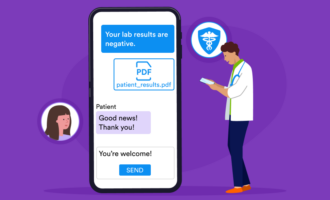






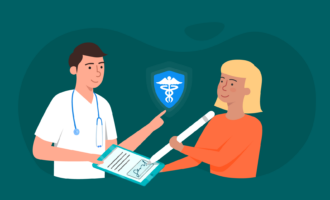


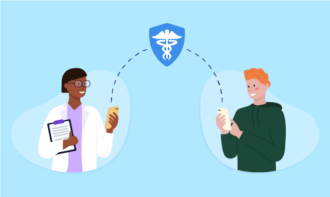


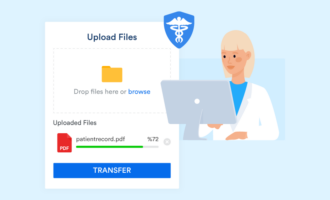




Send Comment: